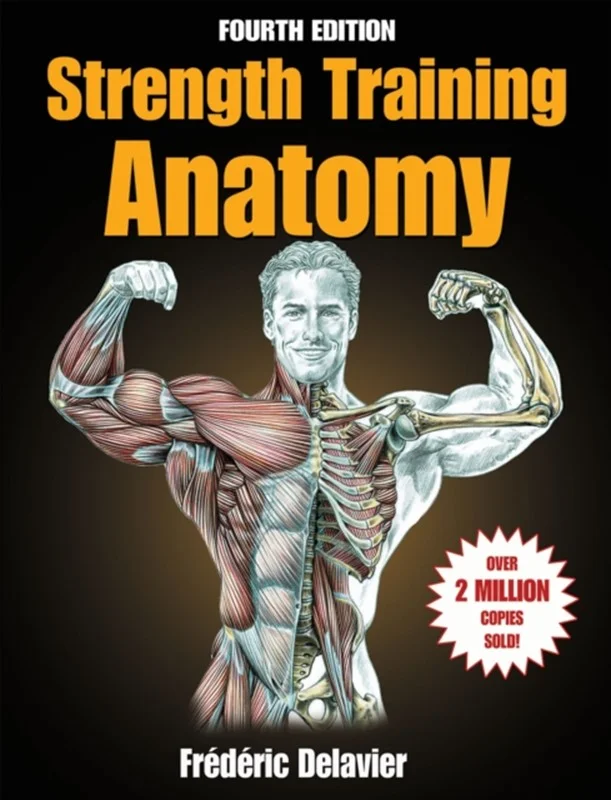Effective Leadership in Adventure Programming 3rd Edition With Web Resource - Michael Gass - Bog - Human Kinetics Publishers - Plusbog.dk
Some books address outdoor leadership; others focus on adventure programming. None delve into the specifics of both topics like Effective Leadership in Adventure Programming, Third Edition, does. The first edition of this book helped define the body of knowledge for an emerging profession. Two editions later, this groundbreaking text—now in full color—provides adventure leaders with the tools and evidence they need to show that their outdoor programs are effective and have a lasting impact on their participants. Internationally renowned authors Simon Priest and Michael Gass have significantly updated the content, based on the latest research, issues, and trends in the field of adventure education and leadership. They have reorganized chapters to conform to their new model of building core competencies. In addition, this third edition includes the following features: • Material on technology, social justice, cultural adaptation, sustainability, and facilitation techniques • An online instructor guide that offers activities, discussion questions, and assessments compiled from a group of acclaimed instructors • A digital field handbook that offers quick reference to key models, concepts, and checklists covered in the text • An expanded version of global perspectives, valuable for long-standing programs as well as those just beginning to enter the field Effective Leadership in Adventure Programming details both the art and science of adventure leadership, helping a new generation of outdoor leaders develop their skills. The text extends the focus on evidence-based models, theories, and best practices, showing that science and research are as important to the profession as the natural beauty of the environment. The book describes the core competencies of outdoor leadership, providing a framework that helps leaders connect with participants in meaningful ways, based on mutual goals. The focus on the science side is invaluable to new leaders and less-experienced leaders, and it is a great refresher for leaders with more experience. This new edition offers a more detailed look at diversity and cultural competencies, preparing leaders to effectively manage diverse populations of participants. In addition, the content is in line with the updated accreditation standards from the Association for Experiential Education. The opening chapters of Effective Leadership in Adventure Programming supply a solid foundation in the research, philosophy, ethics, and history of outdoor leadership. Numerous chapters explore the skills leaders need, with topics that include technical activity, safety and risk management, environment, organization, instruction, and facilitation. The authors also examine leadership styles and conditional leadership issues, communication, sound judgment, decision making, problem solving, and the trends and issues in adventure programming. Effective Leadership in Adventure Programming will help readers understand the four adventure program areas—recreation, education, development, and therapy—and how they influence the delivery of outdoor leadership. The book is a valuable resource for the training and education of future outdoor leaders. It will help readers know why they should work in the profession and understandd how they can make a difference by being an effective outdoor leader.

















































